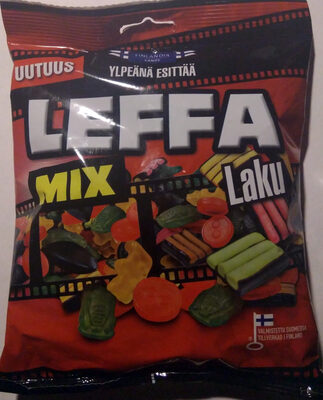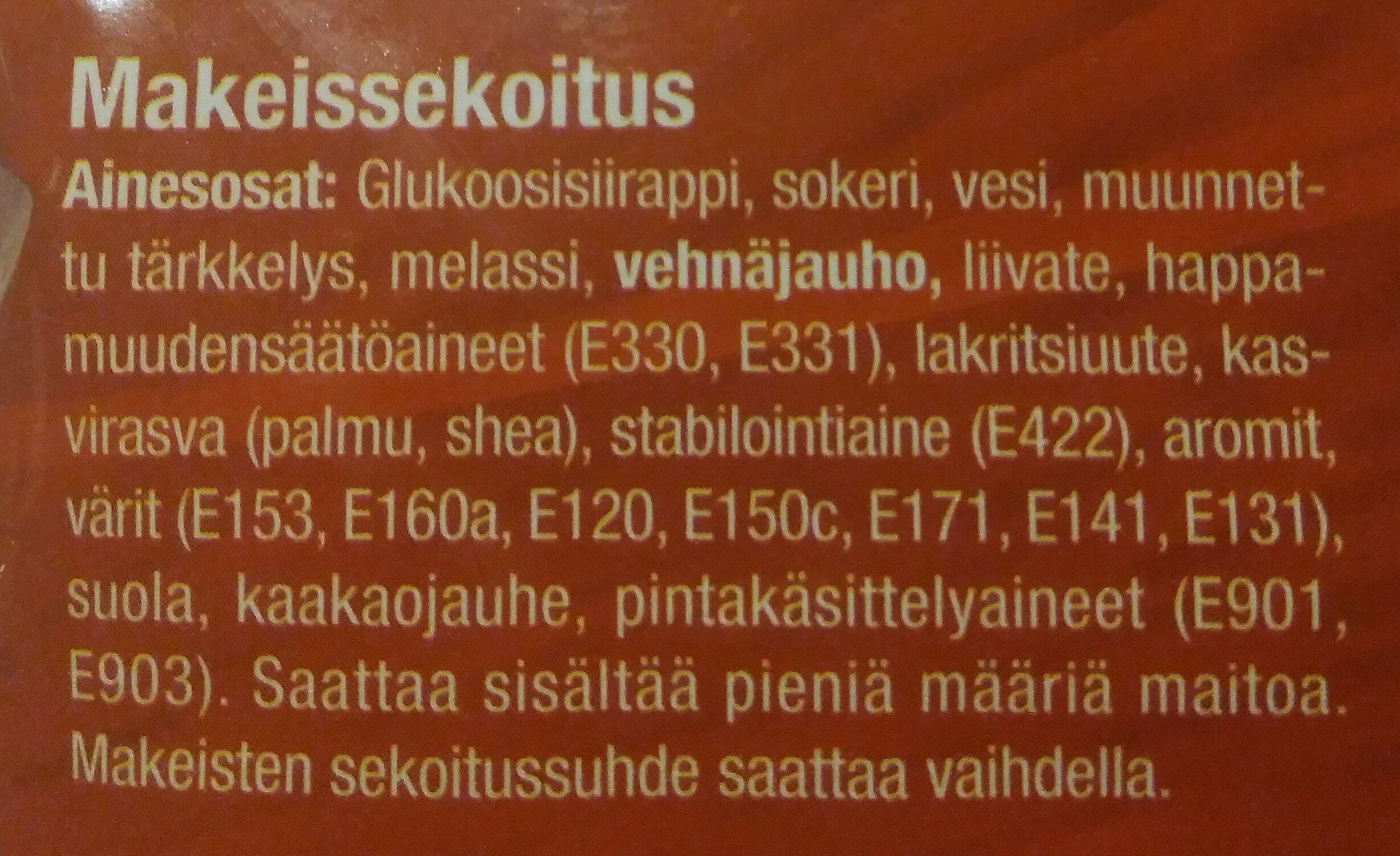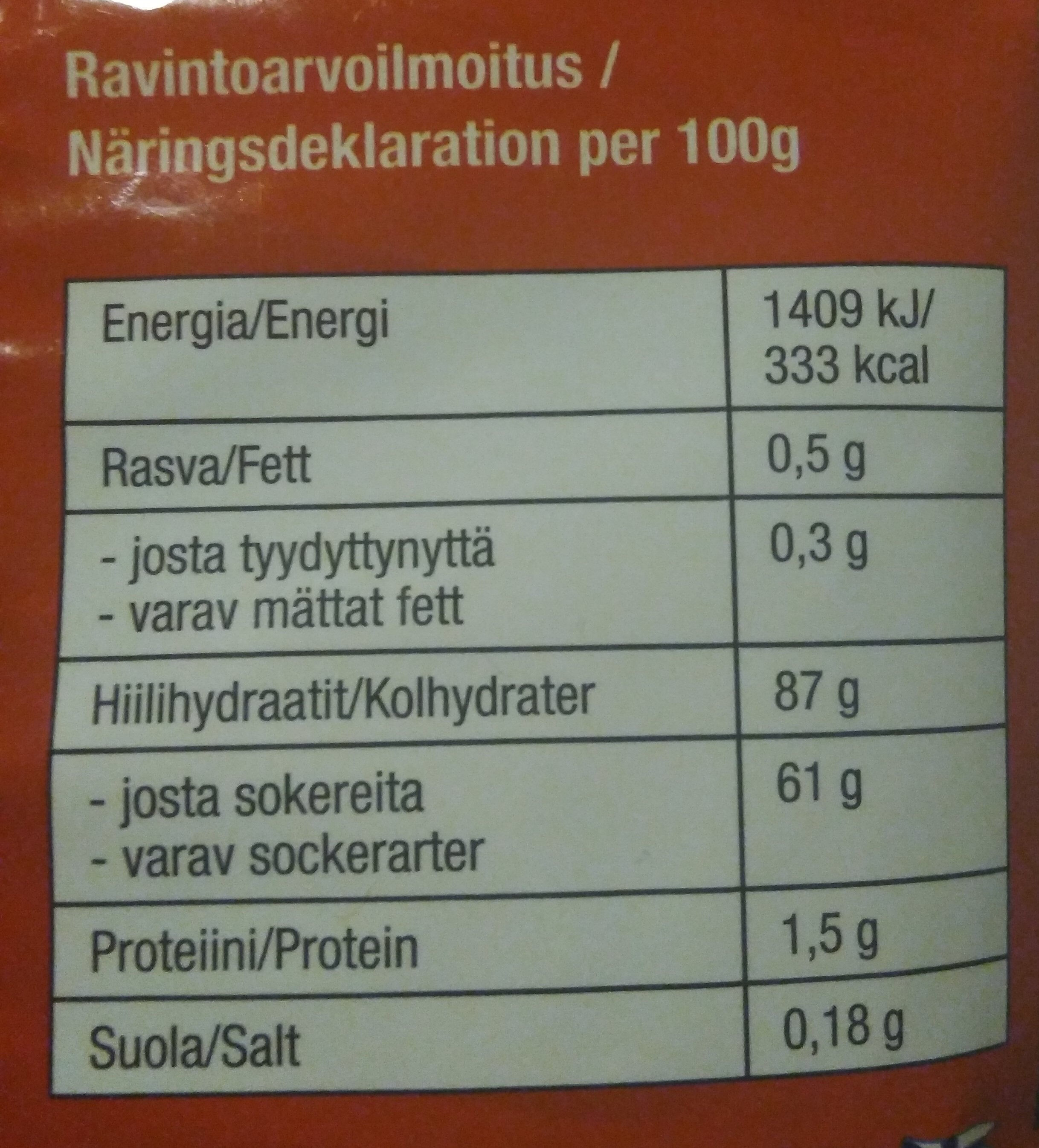Leffa mix Laku - Finlandia Candy - 325g
This product page is not complete. You can help to complete it by editing it and adding more data from the photos we have, or by taking more photos using the app for Android or iPhone/iPad. Thank you!
×
Streckkod: 6430050765057 (EAN / EAN-13)
Vanligt namn: Makeissekoitus
Kvantitet: 325g
Förpackning: Plast, en:other-plastics
Varumärken: Finlandia Candy
Kategorier: Snacks, Söta snacks, en:Cocoa and its products, Konfekt, Chokladgodis, en:Bonbons
Etiketter, certifieringar, utmärkelser:
en:Avainlippu, EAC, en:Made in Finland
Tillverknings eller bearbetningsplats: Finland
Butiker: K-market
Länder där såld: Finland
Matching with your preferences
Miljö
Förpackning
Transportation
Hotade arter
Report a problem
Datakällor
Produkt tillagd den av jumati
Senast ändrad produktsida på av packbot.
Produktsida också redigerad av openfoodfacts-contributors, roboto-app.










